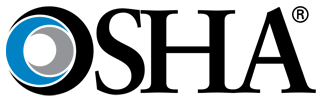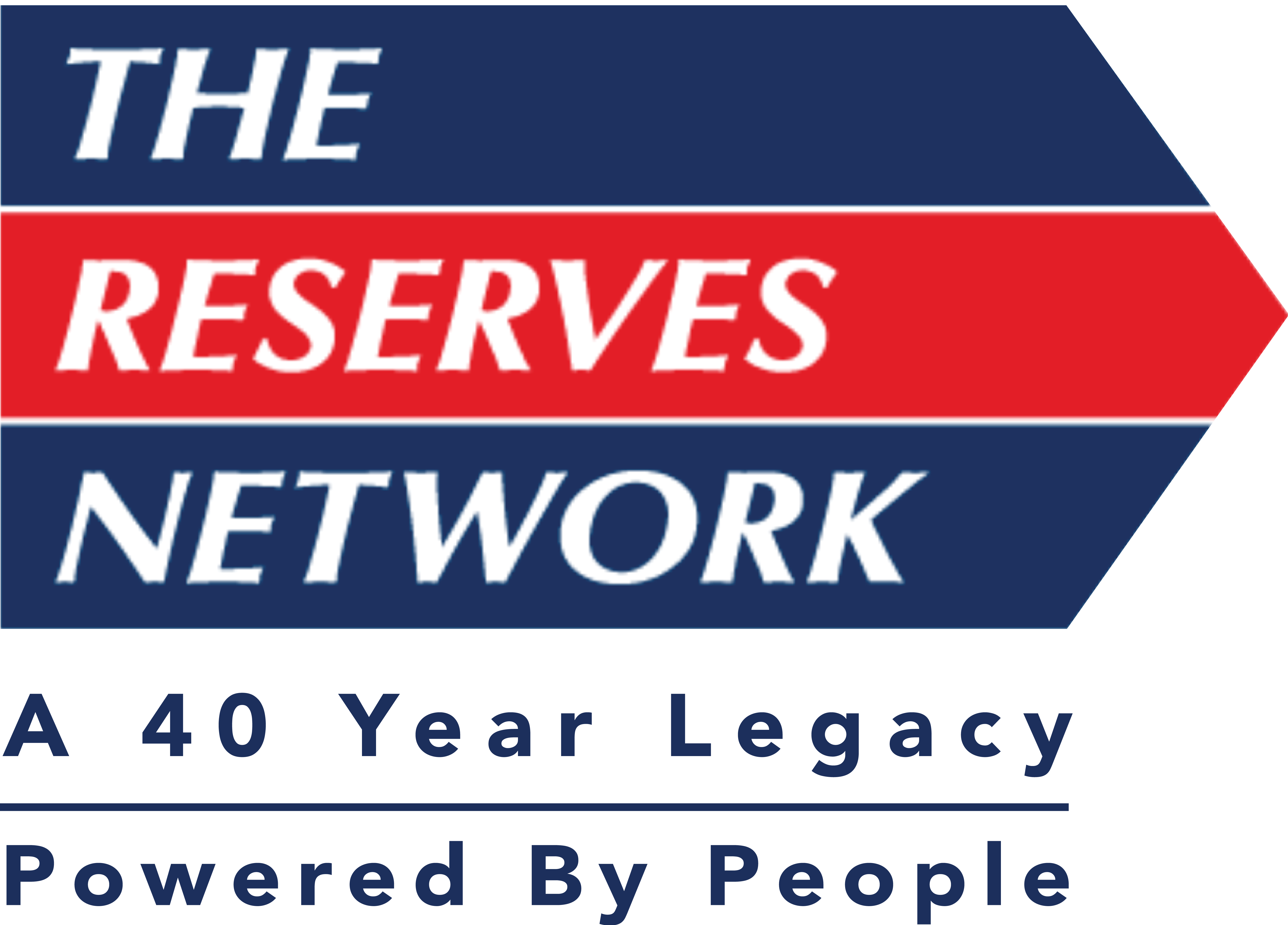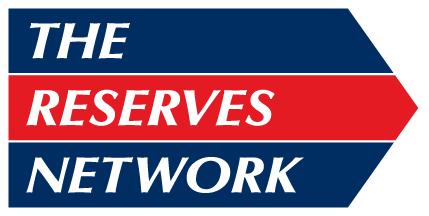OSHA Revises Hazard Communication Standard (TRN Safety Alert)

The Occupational Safety and Health Administration (OSHA) has revised its Hazard Communication Standard (29 CFR 1910.1200) to align it with the United Nations global chemical labeling system. In a process that began decades ago, OSHA has at last published the final rule that will update the current standard to mirror the Globally Harmonized System of Classification and Labeling of Chemicals (GHS).
The updates to the standard will provide chemical manufacturers a proscribed format for identifying the hazards associated with chemicals. Currently, OSHA requires all employers to maintain Material Safety Data Sheets (MSDS) for all hazardous chemicals in the workplace.
While this requirement will not change, the format in which MSDS are organized will be standardized and must contain the information in the following order:
Section 1. Identification
Section 2. Hazard(s) identification
Section 3. Composition/information on ingredients
Section 4. First-Aid measures
Section 5. Fire-fighting measures
Section 6. Accidental release measures
Section 7. Handling and storage
Section 8. Exposure controls/personal protection
Section 9. Physical and chemical properties
Section 10. Stability and reactivity
Section 11. Toxicological information
Section 12. Ecological information
Section 13. Disposal considerations
Section 14. Transport information
Section 15. Regulatory information
Section 16. Other information, including date of preparation or last revision
In addition, OSHA is phasing out the use of MSDS and will now use the term Safety Data Sheet (SDS).
The other big change to the current standard is the standardized use of pictograms to identify the hazards associated with chemicals. There are nine pictograms used in the GHS and OSHA will adopt eight of them.


